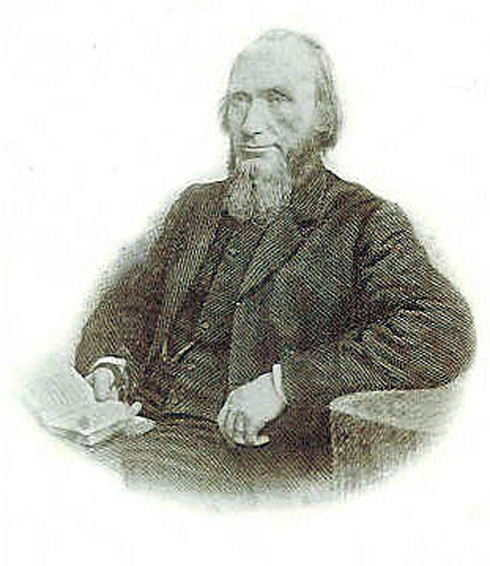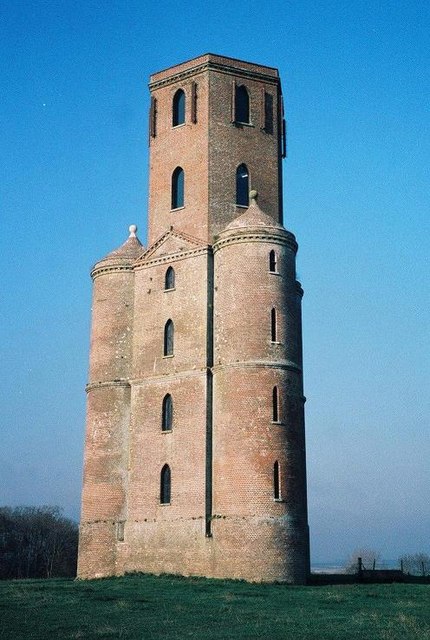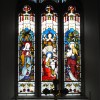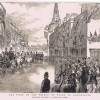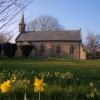We often find reference in the archives to Horton with Woodlands but in the 19th century what was a large parish was reduced by the separation of the parish of Woodlands. Nowadays the plan view of Horton is ‘L’ shaped and consists of about 2,800 acres.
The parish church stands in the middle of the village on the site of an old Priory founded here in 961; St. Wolfrida was the Abbess of a nunnery and she died at Horton. Here in 1685, after the battle of Sedgemoor, the Duke of Monmouth is said to have been found in a ditch hiding under a cloak. An ash tree known as Monmouth’s Ash commemorates the event.
The church is surrounded by a large unattractive churchyard where mostly the graves are in regimented rows. This building is unusual and not at all like other Dorset churches. It is mainly Georgian: Pevsner refers to its “quite thrilling north tower” while Hutchins describes it as “a very ugly edifice.” Visit the church and see if you side with Pevsner or Hutchins.
Enter by the north transcept door above which is a round headed window and above that in the gable is a small bull’s-eye window. An adjacent stone bears the date 1755. Inside, to your right, are the font and two effigies – a knight in Purbeck marble and a lady in Ham stone. The knight, Sir Giles de Braose (1305), in mail and surcoat bearing a shield; the lady in cloak and wimple. Ahead of you the wall is curtained floor to ceiling concealing the entrance to the nave.
The north wall of the nave has a round-headed arched entrance to the north tower. In the west wall two round headed windows and a similar window in the south wall. Seating is entirely box pews of panelled oak and there is a fine 18th century pulpit.
The north tower has a round headed window similar to that found over the entrance to the north transept and it also has a bull’s eye window above that, which now contains a clock. The tower dates to 1722 and is the work of John Chapman and says Pevsner is a “memorable piece.” One bell dated 1634 by John Danton.
The chancel contains within its walls mediaeval masonry of flint and rubble, probably of the 12th or 13th century and a similar window to those found in the north transept and tower, in the north wall.
The church was restored in 1869 and in 1900 the tower was repaired.



